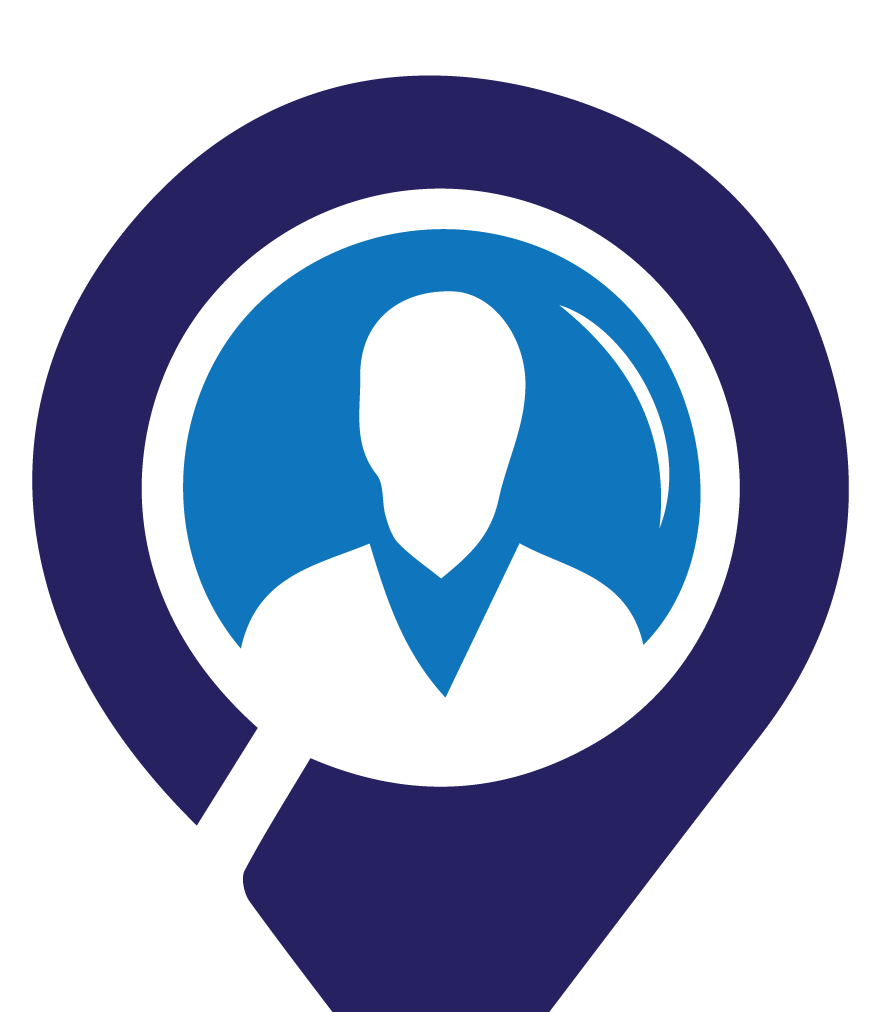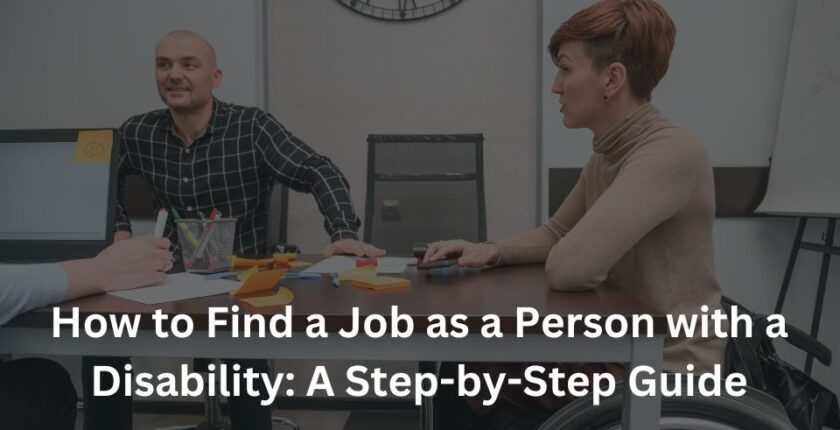How to Find a Job as a Person with a Disability: A Step-by-Step Guide
Finding a job can be challenging for anyone—but for individuals with disabilities, the journey often comes with added barriers. The good news? With growing awareness, inclusive hiring practices, and purpose-built platforms like DisabilityJobBoard.net, your job search can become significantly more accessible, empowering, and successful.
Whether you’re just entering the workforce or re-entering after time away, here’s a practical, step-by-step guide to help you navigate the job market with confidence.
Step 1: Know Your Rights and Workplace Accommodations
Before you start applying, it’s crucial to understand your legal rights. In both Canada and the United States, laws are in place to protect job seekers with disabilities:
- Canada: The Accessible Canada Act (ACA) ensures barrier-free access to employment.
- United States: The Americans with Disabilities Act (ADA) prohibits discrimination and supports workplace accommodations.
Knowing your rights helps you feel empowered and better prepared to ask for accommodations when needed.
Step 2: Identify Your Strengths and Career Goals
Take time to reflect on your:
- Skills (e.g., communication, tech, problem-solving)
- Work preferences (remote vs. in-person, part-time vs. full-time)
- Passions and industries that interest you (e.g., customer service, IT, healthcare)
If you’re unsure where to start, explore career assessment tools or reach out to vocational rehab counselors who specialize in employment resources for disabled individuals.
Step 3: Use Accessible Job Boards Designed for You
Mainstream job sites can be overwhelming and not always disability-friendly. That’s where DisabilityJobBoard.net comes in.
Why use DisabilityJobBoard.net?
- Accessible job listings from inclusive employers
- Customized filters for disability-friendly jobs
- Resume resources tailored for job seekers with disabilities
- Featured employers who are committed to diversity and inclusion
Using a disability-first platform increases your chances of finding an employer who values your skills and supports an accessible workplace.
Step 4: Craft a Resume That Highlights Your Abilities
Focus on what you can do—your achievements, certifications, and transferable skills. You don’t need to disclose your disability on your resume. Instead:
- Use a clear, readable format (preferably accessible for screen readers)
- Tailor your resume for each job
- Highlight accomplishments using action verbs and measurable results
Check out resume templates on DisabilityJobBoard.net designed to be inclusive and easy to customize.
Step 5: Prepare for Interviews and Decide on Disclosure
Deciding when and whether to disclose a disability is a personal choice. Some job seekers choose to discuss their disability early, especially if they require accommodations during the interview.
Prepare ahead:
- Practice common interview questions
- Focus on how your skills align with the role
- Be ready to explain any gaps in employment confidently and positively
Step 6: Tap Into Supportive Employment Resources
There are numerous employment resources for disabled individuals, including:
- Government programs (e.g., Canada’s Opportunities Fund, U.S. Ticket to Work program)
- Non-profit organizations focused on employment equity
- Mentorship programs and online communities for networking
These can help you with job training, workplace accommodations, and even transportation support.
Step 7: Stay Positive and Keep Applying
ob searching is rarely a quick process—but don’t get discouraged. Set small goals each week, celebrate every interview or call-back, and stay connected with support networks.
Final Thoughts: Start Your Search with DisabilityJobBoard.net
At DisabilityJobBoard.net, we believe everyone deserves equal access to fulfilling employment. Our platform bridges the gap between inclusive employers and talented individuals like you.
Start your search today
Upload your resume
Discover jobs that match your strengths
Because your ability matters more than your disability.


